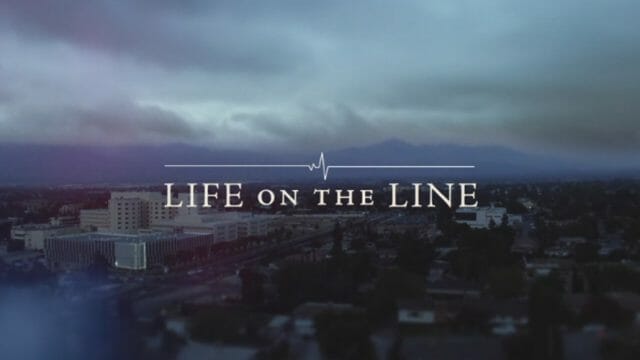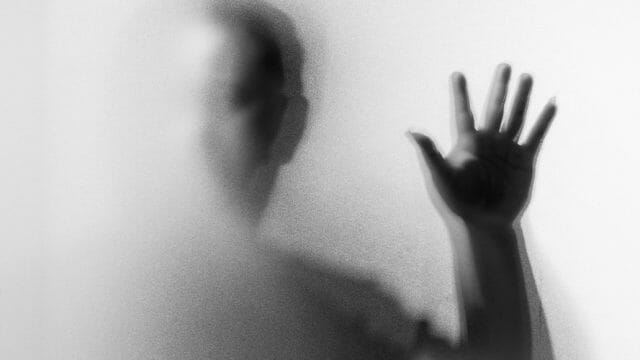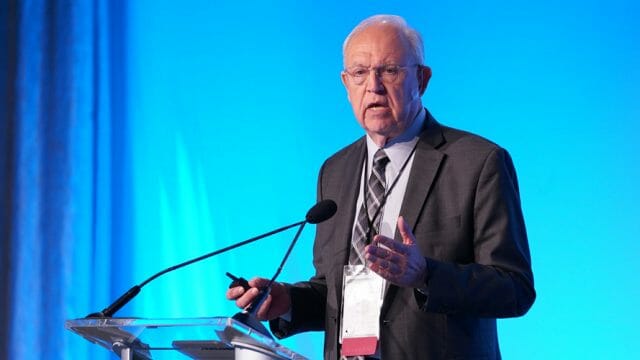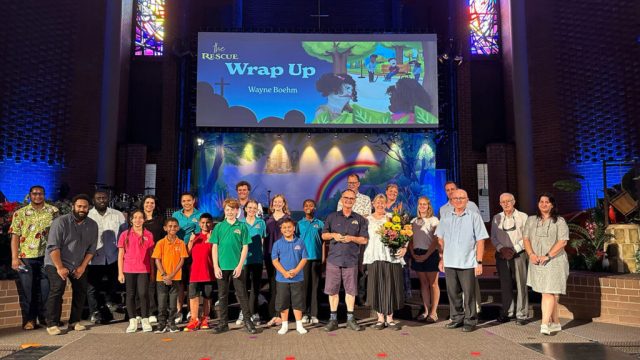What is the mercy seat that is located above the ark of the covenant? The ark of the covenant was a box containing […]
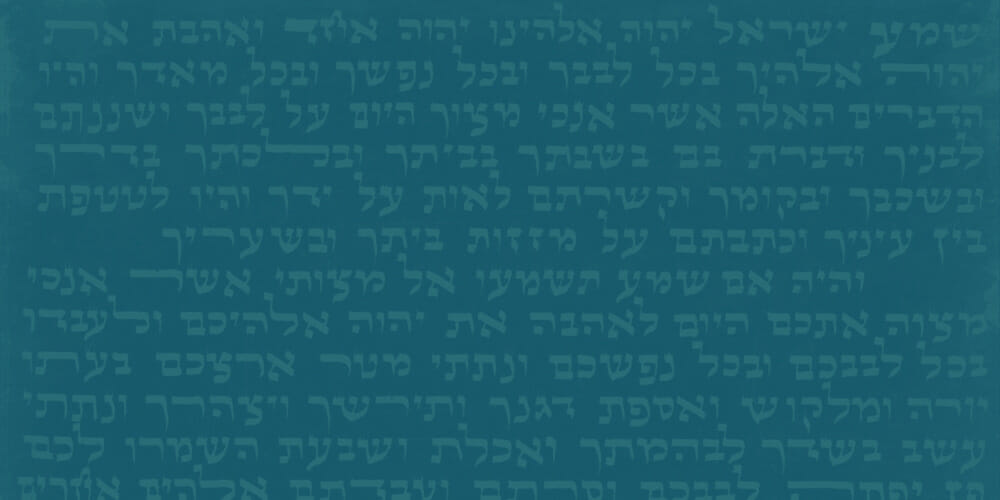
What is the mercy seat that is located above the ark of the covenant?
The ark of the covenant was a box containing the tables of Ten Commandments (Ex. 25:21, 22). The mercy seat was a slab of pure gold on which stood two cherubim, carved as one piece with the mercy seat, facing each other looking down and with wings extending upward (verse 20). It is described as a piece of the sanctuary furniture placed over the ark of the covenant (verse 19; 26:34). In a sense it was the cover of the ark, even though it had its own purpose and function.
- Place of Atonement
The Hebrew word translated mercy seat (kapporet) is etymologically related to the verb kipper (“to expiate, to make atonement”), suggesting that it probably means “the place of expiation/atonement.” During the Day of Atonement the blood of a sacrifice was sprinkled on it and in front of it to remove sin and uncleanliness from the Most Holy Place (Lev. 16:14-16). This was necessary because God, through the sacrificial system, expiated/removed the sins from the people by transferring them to His very presence. The kapporet was the place where God, on the basis of sacrificial blood, made atonement effective by granting forgiveness. There He received the blood of the sacrifices in place of the life of sinners. On the Day of Atonement sin and impurity were removed from His presence and sent to their place of origin: to Azazel (verses 10, 21, 22).
- Place of Reunion and Revelation
The kapporet was the supreme symbol of God’s localized presence among His people. Between the cherubim the glory of God’s presence was visibly manifested. Therefore it provided access to Him in a unique space from which He could speak to His servants. The Lord said to Moses: “There, above the cover between the two cherubim that are over the ark of the covenant law, I will meet with you and give you all my commands for the Israelites” (Ex. 25:22, NIV). God localized Himself in this place in order to instruct His people and reveal to them the will of the covenant Lord. Direct access to this most holy object was restricted to Moses and Aaron, but from there God was accessible to all the people of Israel. For the Israelites the tabernacle was a tent of meeting or encounter with the Lord. But in reality they stood before the kapporet from a distance, to be instructed by God through sacrificial and priestly mediators. Priests took the people’s joys, gratitude, and sins, and gave them to the Lord, who sat enthroned above the kapporet, and from the Lord they brought to people the assurance of forgiveness, acceptance, and blessings.
- Cosmic Center
The kapporet speaks to us about a God who interacts with human beings in a world of sin and impurity. He is present and near to us, yet distant from us in the Most Holy Place, the place where heaven and earth touch each other in a unique way because the Lord is present in both. From the tabernacle, called the house of the kapporet, God met with His people and spoke to them. Christ now officiates for us before the Father in the heavenly temple, where the cosmic administrative center of order and atonement are located.
Angel Manuel Rodríguez is retired after a career serving as a pastor, professor, and theologian.



